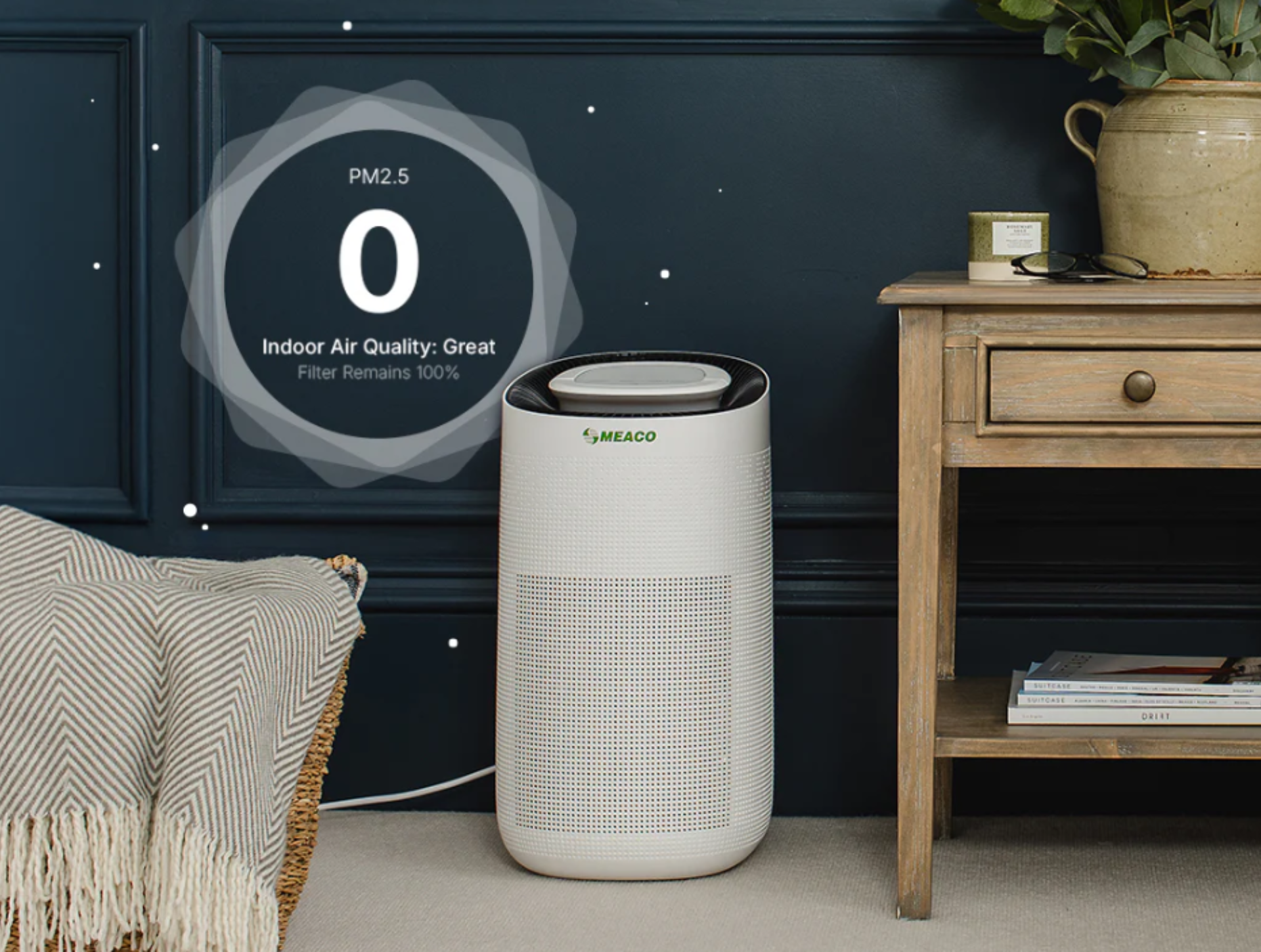
There have been some terrible images on the news recently showing people’s homes flooded from Storm Babet, followed by new Met Office warnings of flooding risk due to dangerous conditions and heavy rainfall. Whether it’s a basement or the bottom floor of a home or business, once the water recedes, the hard work of clearing up then begins. One of the biggest problems is drying out the wet property, where plasterwork and flooring has soaked up water. One of the best and quickest ways to speed this along, is by using a dehumidifier.
How does a dehumidifier dry out a house after flooding?
A dehumidifier works by reducing the level of moisture and humidity in the air, by sucking in air from the room at one end, removing the moisture, and then blowing it back out into the room again, adding warmth in the process.
Shall I use a desiccant or compressor dehumidifier to dry out my home?
Choosing a desiccant dehumidifier rather than a compressor dehumidifier is best for cold damp conditions, as they work especially well at low temperatures, maintaining a consistent extraction rate.
The Meaco DD8L Zambezi is particularly good at working in cold spaces working down to as low as one degree. With its large airflow and large extraction rate, it is ideal for drying out flooded garages, hallways, basements, conservatories and any other space that will get really cold at this time of year.
Tips for how to get the best out of a dehumidifier after a flood:
- Place the dehumidifier on a level surface.
- Drain the water away using a hose, preferably into a sink. Water will drain through the hose via gravity so the dehumidifier will have to be raised.
- Use as little hose as possible and don’t leave excess curled up in the sink. Too much hose will create a negative air pressure and the water will not flow down the hose, the tank will fill and the dehumidifier will turn off.
- To speed up the drying process we recommend the use of heat to increase the air temperature in the room and fans to blow into the saturated space to encourage the water molecules to leave the damp walls and floors. Keeping the doors closed and working on a room by room basis also makes sense.
- Seal the space up the best you can. You don’t want to be dehumidifying the whole of Britain.







